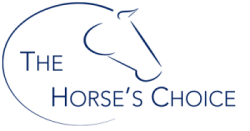We all see horses of various shapes and sizes and have preconceived ideas of what certain horses ‘should’ look like. A good example being the thoroughbred. The general expectation is a high withered, rangy looking animal with a rather thin neck and the general consensus is that they are narrow (on account of the wither) and need a narrow saddle… This is a complete myth. The majority of thoroughbreds are in fact medium wide to wide, or should be!
Incorrect saddling and work prevents correct musculature and, with this, atrophy of the muscles (trapezius, rhomboids and longissimus dorsi to name a few) which make the wither become more pronounced. The traditional way to fit this type of horse is to fit to the wither, therefore fitting a narrow saddle. A narrow saddle will further impinge on the muscle and the horse will, at best, remain the same shape or more likely lose more muscle and as a result compensate by over loading other muscles.
The horse needs to be sympathetically saddled with a saddle wide enough to allow the atrophied muscles to recover. Saddling alone cannot achieve this, the horse will need treatment as well as correct work and feeding.
There are many forms of bodywork that are important in the recovery process. One such treatment which produces significant results is Equine Muscle Release Therapy. Others which are also beneficial include McTimoney Chiropractors, Osteopaths, Physiotherapists, Massage therapists, Equine Touch, Acupuncture, Shiatsu etc. However, it is important to remember that your vet should be notified before your horse has any other treatment or if there is a concern regarding its soundness.
To be continued!
